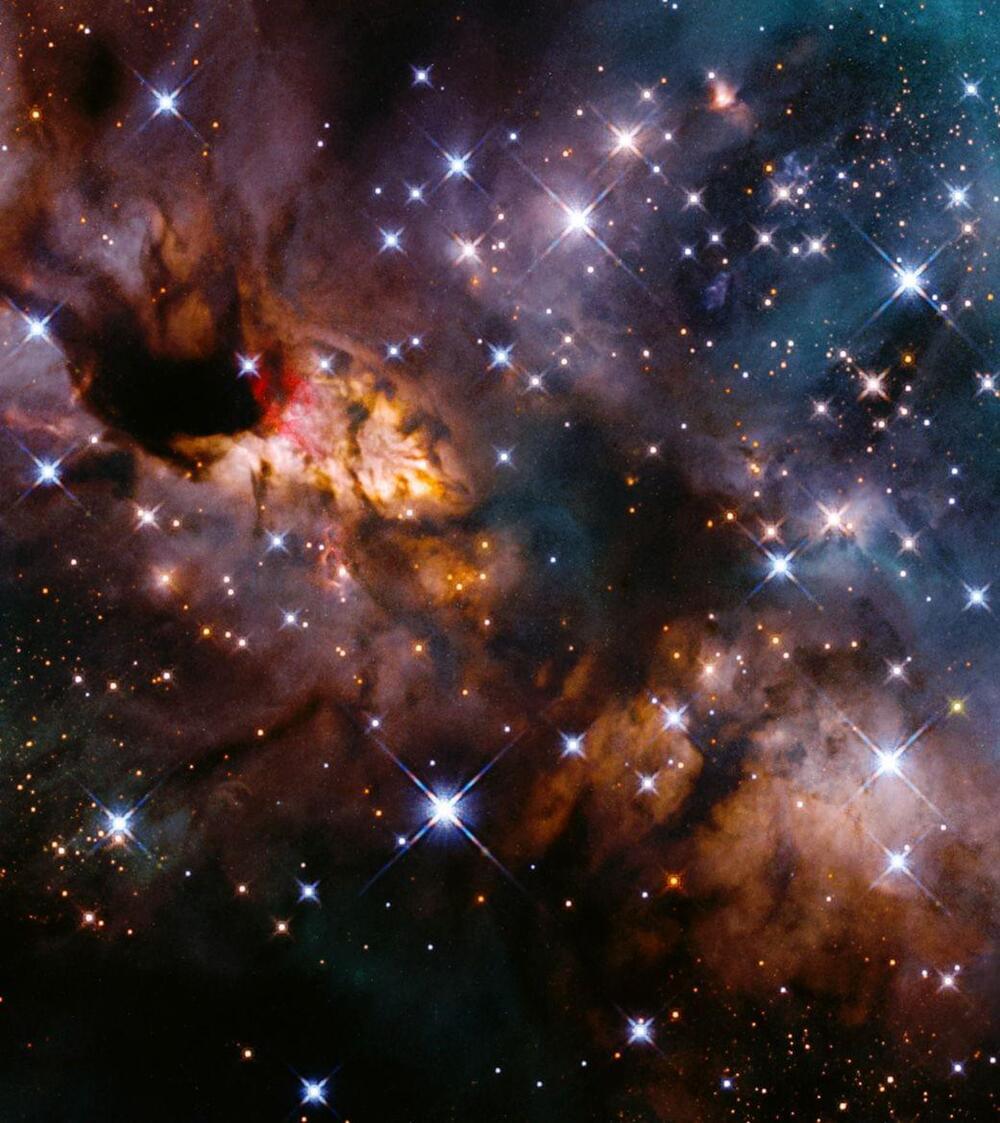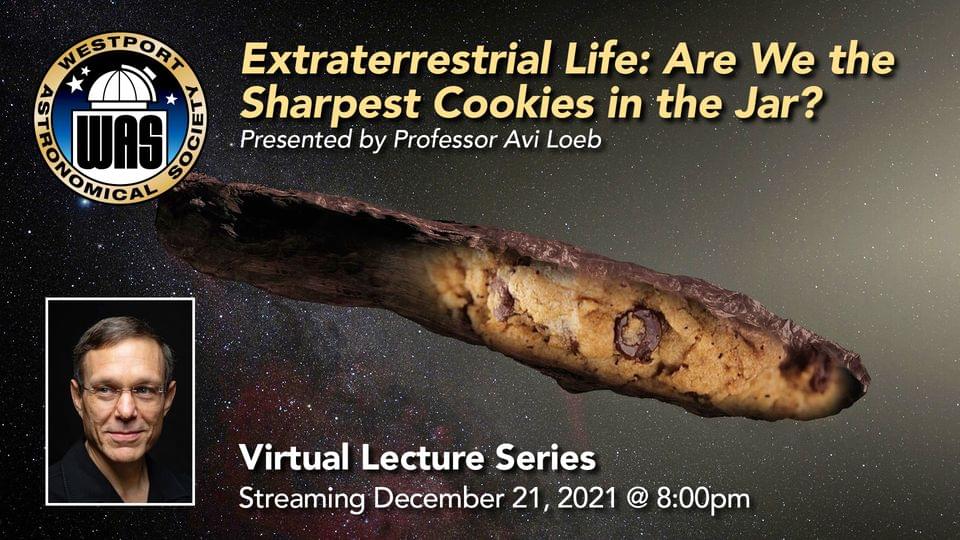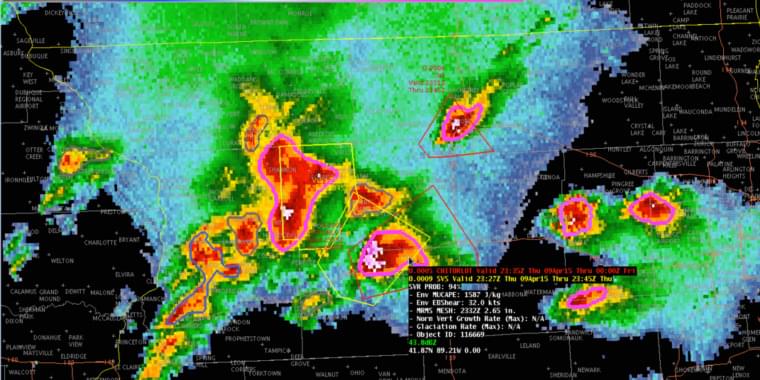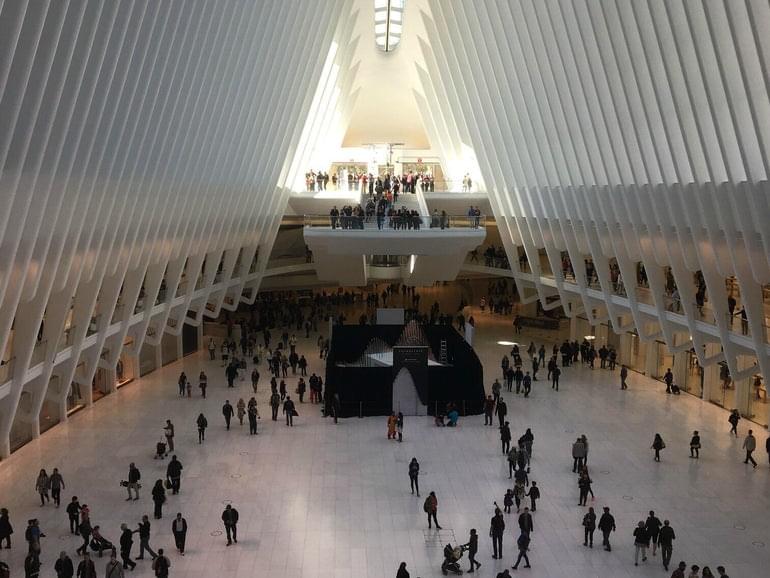The Prawn Nebula is an emission nebula located 6,000 light-years from Earth. A new Hubble Space Telescope image captures a stunning view of the nebula’s vast star-forming region.


Hackers have taken $196 million from crypto trading platform Bitmart, a security firm said Saturday.
Bitmart confirmed the hack in an official statement Saturday night, calling it “a large-scale security breach” and writing that hackers withdrew about $150 million in assets. However, blockchain security and data analytics firm Peckshield estimates that the loss is closer to $200 million.
Bitmart added in a statement that all withdrawals had been temporarily suspended until further notice and said a thorough security review was underway.
After evaluating more than 12,000 applications, we’ll introduce our 2021 astronaut candidates live at a ceremony at Ellington Field near NASA’s Johnson Space Center in Houston.
After completing training, these women and men could be eligible for a variety of flight assignments including missions on and around the Moon under Artemis.
The astronaut candidates will join NASA Administrator Bill Nelson, NASA Deputy Administrator Pam Melroy, Johnson Center Director Vanessa Wyche, and Flight Operations Director Norm Knight on stage at the event.
More info: https://www.nasa.gov/press-release/nasa-to-announce-america-…candidates
Bitcoin Vs Gold: Peter Schiff Vs Anthony Scaramucci.
Peter Shiff makes several points about gold:
Gold: it has physical properties that makes it real and valuable. It’ll never lose its value. Gold has a long history and has been used for thousands of years.
Peter Schiff makes several points against bitcoin:
Bitcoin is not anything real. It’s just a string of numbers.
It has no real value because there are no properties that makes it valuable.
British engineering company White Motorcycle Concepts (WMC) has unveiled its revolutionary new electric hybrid scooter – the WMC300FR. The new hybrid three-wheeled scooter is designed especially for use as a fully operational first response vehicle that will help bring emergency services into line with new national objectives to combat the effects of climate change and cost reduction.
The electric scooter uses the same patented technology central to its all-electric WMC250EV high-speed demonstrator, with which it intends to break the world electric land speed record over the next 12 months. In the case of First Responder, however, the key objectives are not so much to achieve ultimate speed as to significantly increase range and viability while reducing CO2 footprint and running costs for emergency service fleets. It can reduce carbon emissions by up to 50% of that of comparable conventional motorcycles and scooters.
The WMC300FR scooter features WMC’s patented Venturi Duct, which reduces drag by pushing air through the vehicle rather than around it. This system is aided by aerodynamic front fenders, which funnel the air towards the venturi, reducing overall frontal resistance and meaning less energy is required to propel the vehicle forward.


As we age, our muscles gradually become smaller, weaker and less able to heal after injury. In a new study, UPMC and University of Pittsburgh researchers pinpoint an important mediator of youthfulness in mouse muscle, a discovery that could advance muscle regeneration therapies for older people.
Published today in Nature Aging, the study demonstrates that circulating shuttles called extracellular vesicles, or EVs, deliver genetic instructions for the longevity protein known as Klotho to muscle cells. Loss of muscle function and impaired muscle repair in old mice may be driven by aged EVs, which carry fewer copies of these instructions than those in young animals.
The findings are an important advance in understanding why the capacity for muscles to regenerate dwindles with age.

To handle this, people have trained neural networks on regions where we have more complete weather data. Once trained, the system could be fed partial data and infer what the rest was likely to be. For example, the trained system can create a likely weather radar map using things like satellite cloud images and data on lightning strikes.
This is exactly the sort of thing that neural networks do well with: recognizing patterns and inferring correlations.
What drew the Rigetti team’s attention is the fact that neural networks also map well onto quantum processors. In a typical neural network, a layer of “neurons” performs operations before forwarding its results to the next layer. The network “learns” by altering the strength of the connections among units in different layers. On a quantum processor, each qubit can perform the equivalent of an operation. The qubits also share connections among themselves, and the strength of the connection can be adjusted. So, it’s possible to implement and train a neural network on a quantum processor.


The idea of Web 3.0 has been disappointing for Elon Musk and he has referred to it as BS. The reasons are unclear but might be soon unveiled.
TL;DR Breakdown.
Web 2.0 has ensured that the informational needs are fulfilled and has also opened ways for education, finance, banking, health, and other domains. As all these are integrated into a new space, we have the opportunity to see the evolution of the web.